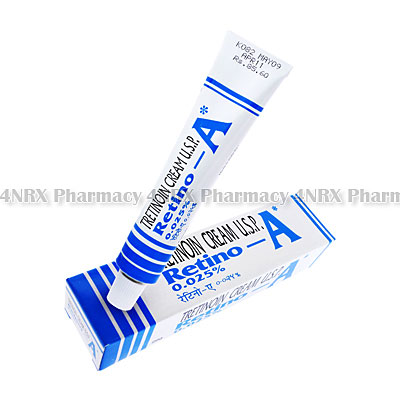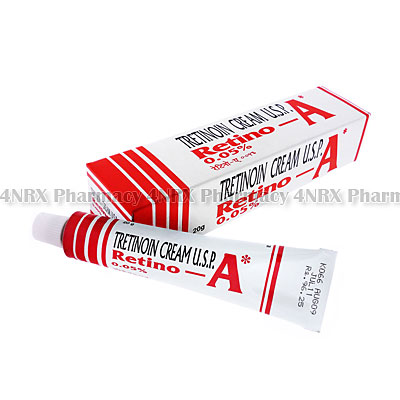 |
Home  Skin Skin  Retino-A (Tretinoin) Retino-A (Tretinoin) |
|
|||||||||
|
Retino-A (Tretinoin)
What is Retino-A (Tretinoin) used for? Retino-A (Tretinoin) comes in the form of a topical cream. It contains the active ingredient tretinoin, which is a form of vitamin A that can help with skin renewal. This cream is effective in treating acne, and the pimples it causes. It can also help to heal newly developed pimples. How should I use Retino-A (Tretinoin)? Retino-A (Tretinoin) should be applied directly to the face. Before you apply it, ensure that your hands are clean. It is also advisable to wash the face with a mild cleansing product, and to gently dry it before applying the cream. Gently rub the cream over the area affected, taking care to use just enough to cover the area requiring treatment. You may be directed to apply this product once per day at bedtime, or else once every 2 to 3 days. You should be aware that your condition may appear to get worse for the first 7 to 10 days of treatment. Continue using it, as this worsening is only temporary. Most patients need to use this product for 2 to 3 weeks, or even for more than 6 weeks before their condition improves. What are the side effects of Retino-A (Tretinoin)? Occasionally patients using Retino-A (Tretinoin) to treat acne may experience some side effects, such as:
If you are worried about any of these side effects, you should make an appointment to discuss it with your physician. Please Note Strictly follow all instructions provided to you by your physician or pharmacist while using Retino-A (Tretinoin). Optimum and safe dosage can differ based on the patient and the condition being treated. As this medication may be unsafe for certain patients, it is essential you always inform your physician if you are pregnant or breastfeeding, as well as if you have any allergies, other illnesses, or ongoing health conditions, and if you are taking any other form of medication, supplements, or herbal products. Immediately seek emergency medical care if you have any allergic or hypersensitive reaction. Common signs of a reaction include hives, swelling, skin rashes, chest pains, as well as trouble breathing or swallowing. 

|
|||||||||||||||||